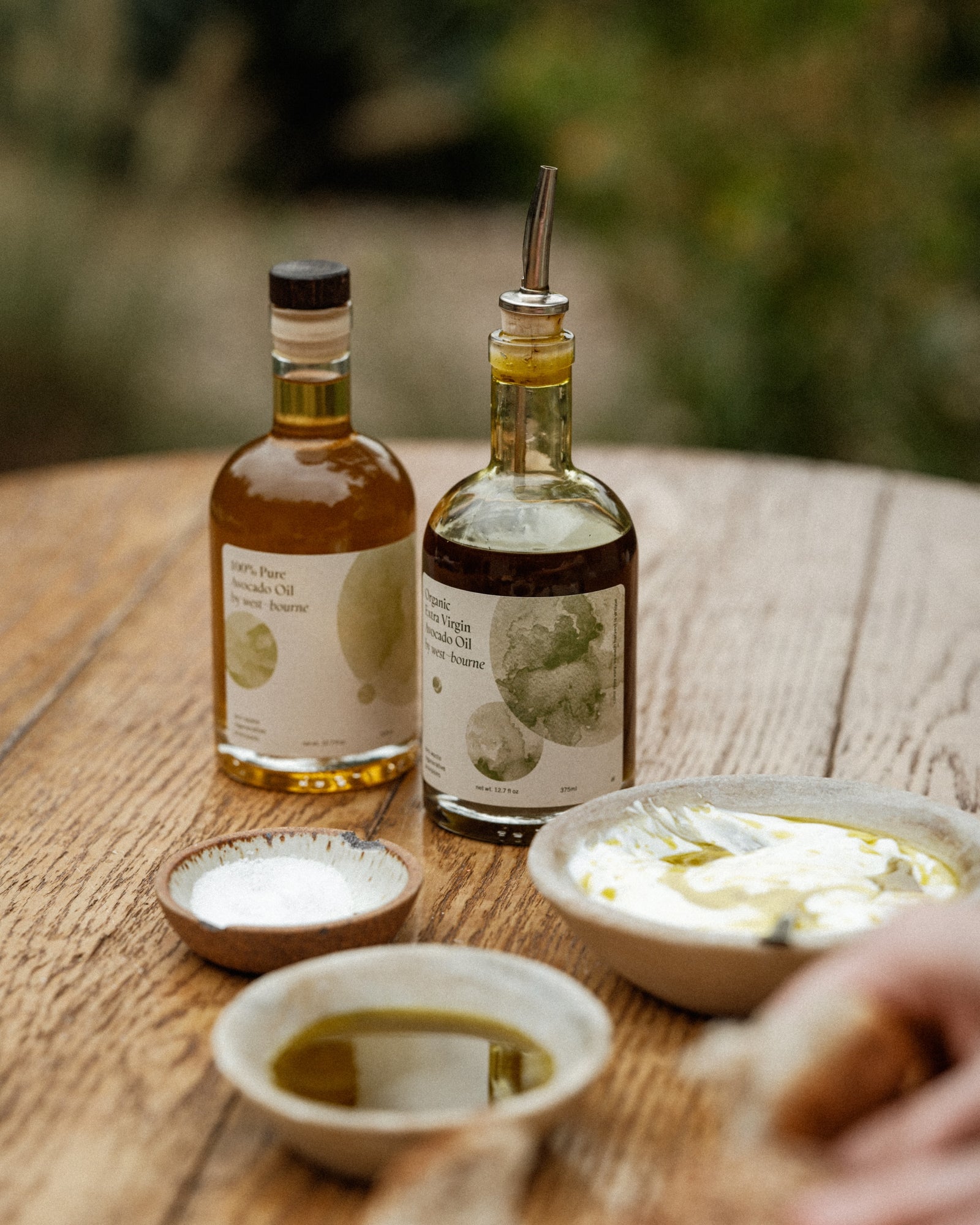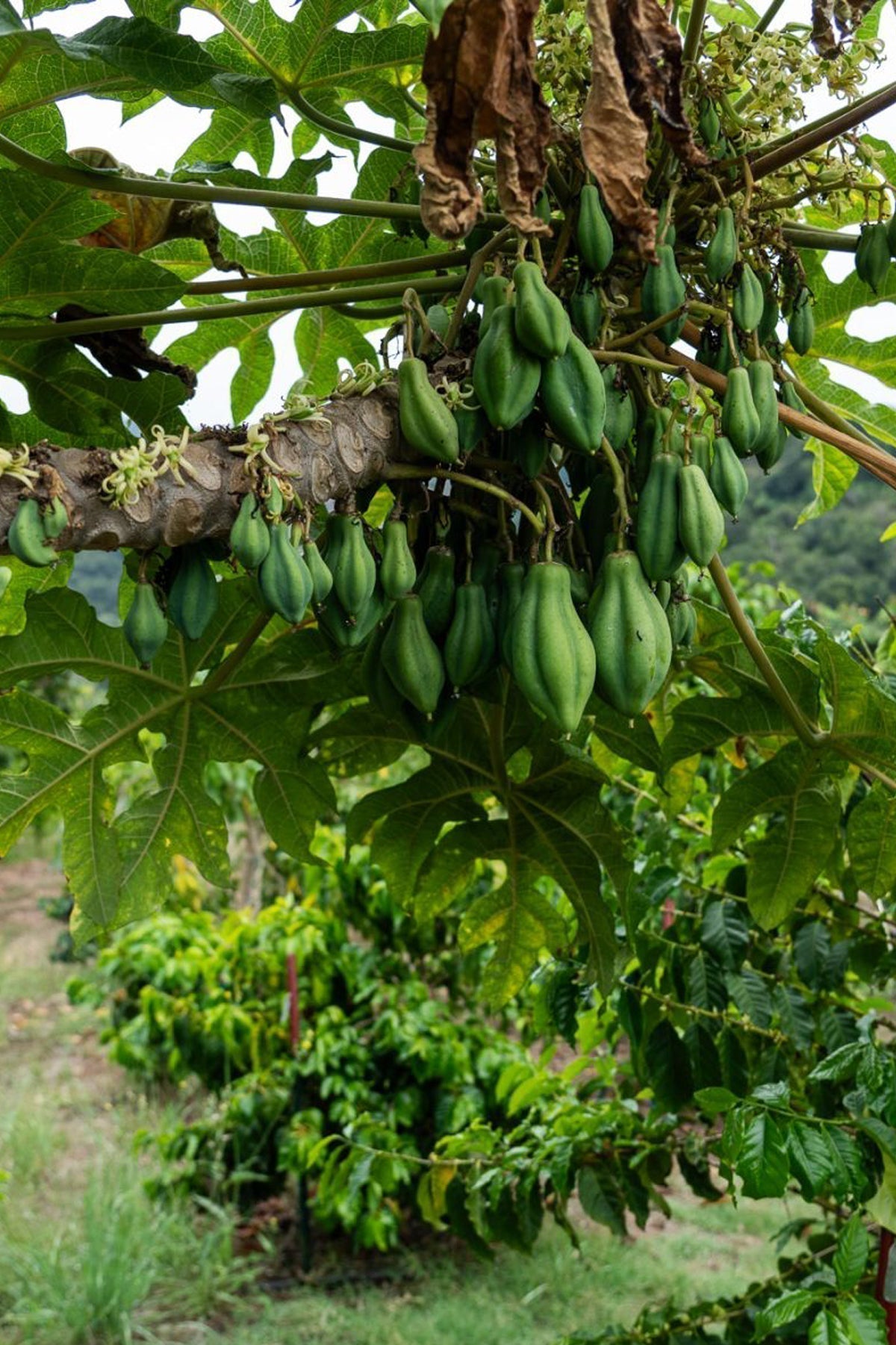6 Creative Ways to Upcycle in the Kitchen

With just a little bit of creativity, those leftover food scraps, old appliances, glass jars, and packages can be transformed into something fresh and original. It’s a sustainable practice called upcycling, or finding a new life for unwanted or used objects. You can also think of it as giving waste a second life. Not to be confused with recycling—which breaks down plastic, paper, metal, and glass and remakes them into new consumer products—upcycling is all about repurposing items and transforming them into something of the same, if not higher, quality.
When employed in the kitchen, upcycling allows us to respond to the urgency of the environmental crisis by diverting food, materials, or packaging that would otherwise be sent to a landfill (and thus releasing methane emissions, one of the most potent greenhouse gases.)
So, if you’re looking for simple, mindful actions that you can take to create less waste and more impact, read on for six simple ways to upcycle in the kitchen, for everything from compost to pickled veg to chic table decor.


1) Turn west~bourne Avocado Oil Bottles into Chic Table Decor: We pour over every packaging detail to impact, not imprint (also read: our carbon-friendly glass bottles are made with 100% recyclable glass—and meant to be rinsed, reused, refilled, or recycled.) The possibilities are endless! After finishing the contents, wash your empty bottle and keep them around to use as a wine carafe or unique centerpiece for branches.
2) Repurpose Small-to-Medium-Sized Glass Jars: Got any transparent jars (like an empty or almost-empty Omakase Berry Butter one) lying around? Use them to shake up and store your favorite salad dressing, or use them as containers for dried herbs, chilies, nuts, lentils, or spices. For added organization, use recycled paper and tape to label your ingredients.
3) Transform Your Compost into a Mini-Garden: Food consumption accounts for ¼ of all greenhouse gas emissions, making it one of the largest contributors to climate change, but through composting we can reduce our trash, recycle nutrients, and build healthier soil. Store your food scraps all-year long to build an at-home compost, and use it to fertilize a mini-garden. Simply fill a glass jar or other upcycled package with a blend of soil and compost, place seeds of your choice no more than 1/4 deep, and add water daily for 4-6 weeks. (Find a step-by-step guide for starting your at-home composthere).
4) Create a Self-Watering System: Drill a small hole in the jar's lid and insert a wick made from a cotton cloth or a piece of old shoelace. Place the jar, fill with water next to your potted plant, and let the wick draw water into the soil as needed. This simple upcycling technique will keep your plants hydrated while reducing water wastage.
5) Freeze Produce Scraps: Have leftover vegetable scraps like onion peels, carrot tops, or herb steps? Cheese rinds, too, are full of leftover flavor so be sure to save them instead of sending them to the trash. Collect them in a designated glass jar or reusable freezer bag until you have enough to create a flavorful, nutrient-rich vegetable broth. When you’re ready to cook, simmer the scraps with water, herbs, and spices to make a base for soups or stews.
6) Pickle Leftover Vegetables: Do you love a clean-out-the-kitchen salad as much as we do? Next time you have excess fruits or vegetables that are starting to lose their freshness, consider pickling them. All you need to get started are vegetables, vinegar, salt, water, with spices optional. It’s a wonderful way to prolong their shelf life and add a tangy, crunchy bite to everything from sandwiches to salads (or simply enjoy as a side dish, too!). Pickled foods also have a higher nutritional value than raw foods because the pickling process helps to retain its vitamins and minerals.
Do you have other creative ways to repurpose your leftovers—and improve our planet in the process? Tag and share your upcycled creations @westbourne.

















